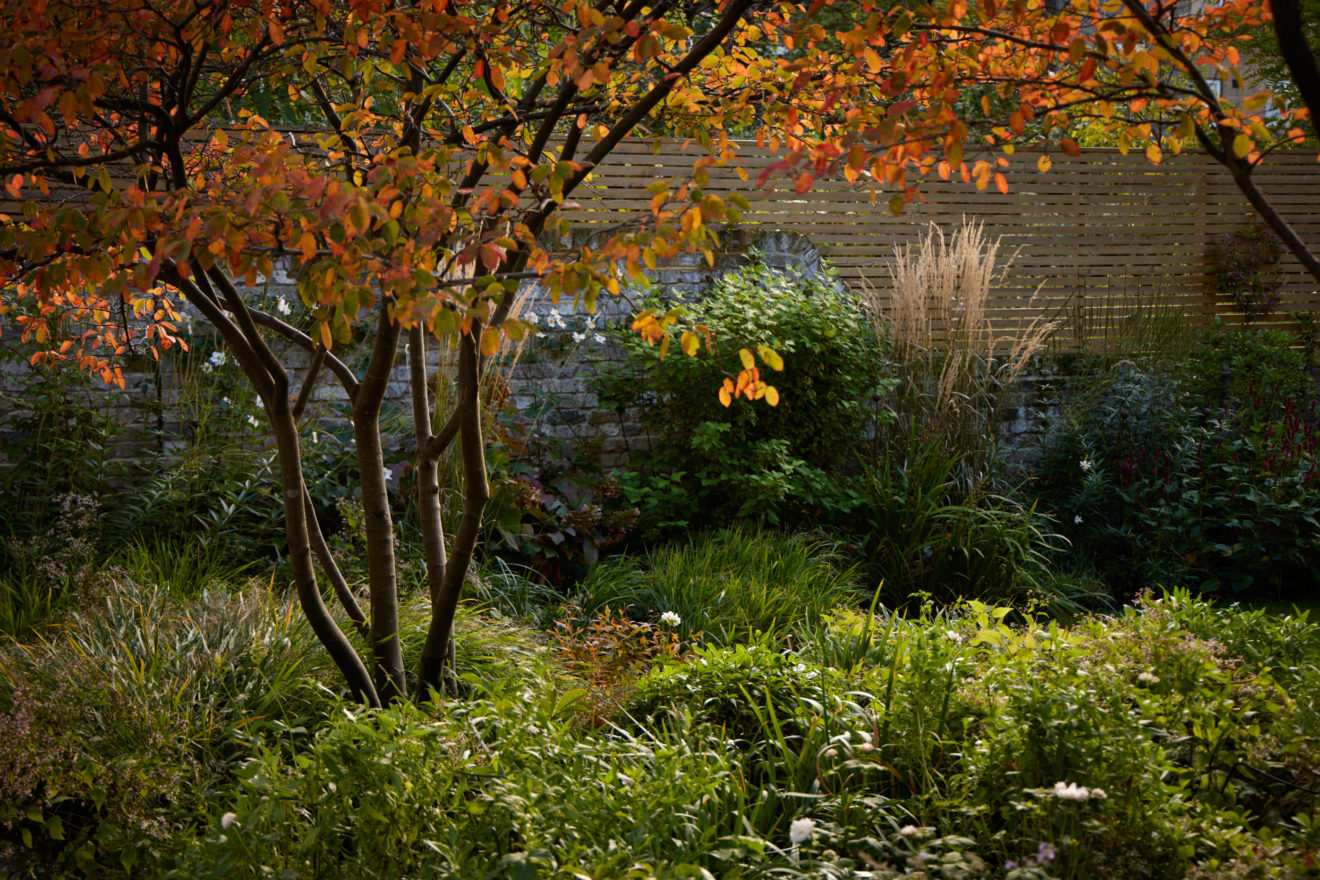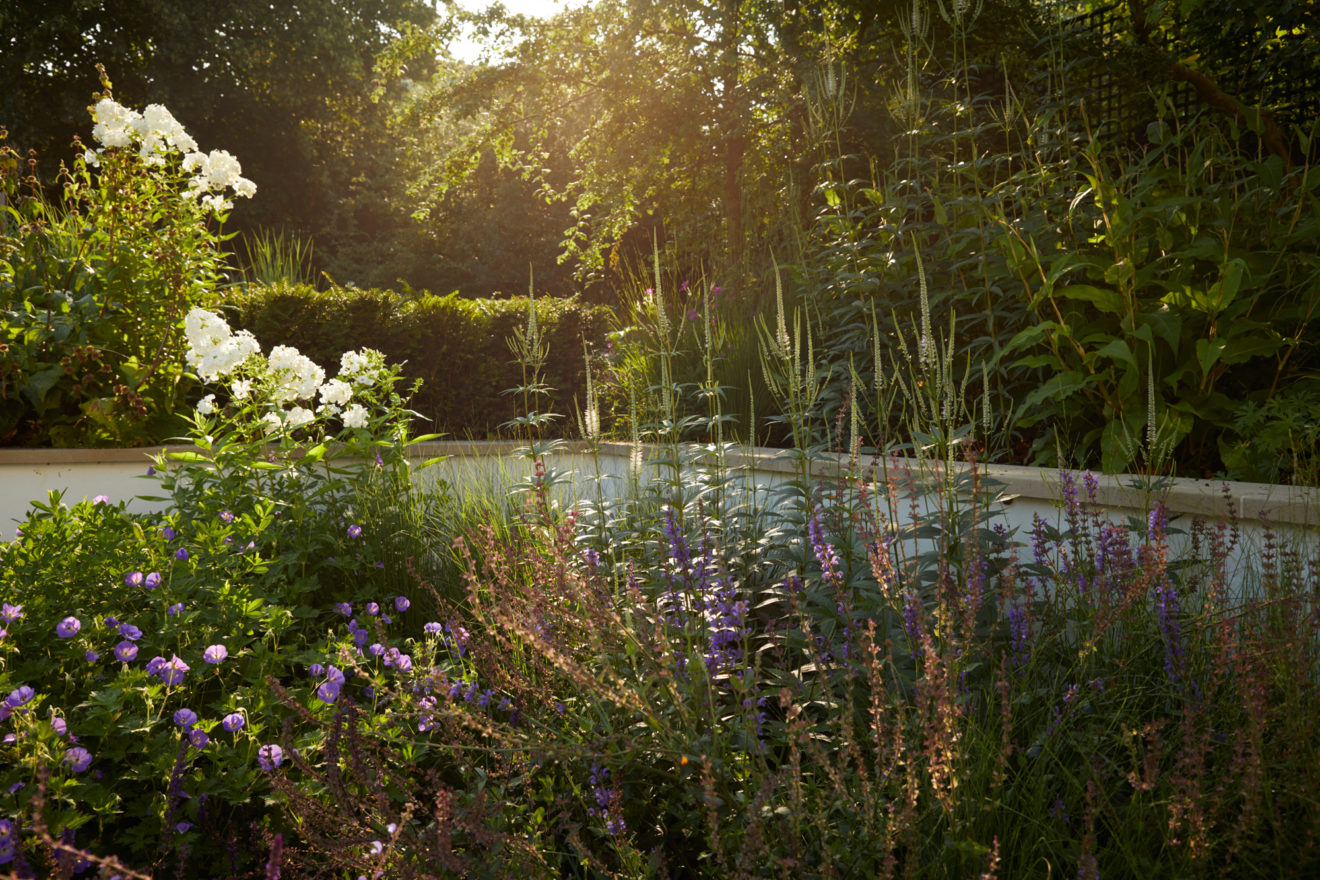Alister Thorpe
Photographer Alister Thorpe cut his teeth in advertising before one determining lecture in Kent that turned his attention to gardens, for good. Guided by his profound passion for gardens, Alister’s portfolio expands well beyond his high profile commercial work to include private gardens, trees and plants both outside and in the studio – and across all seasons – offering new perspectives at each turn. He has photographed for Kew Gardens, and for some of our featured landscape designers; Tom Massey and Stefano Marinaz. We chat to Alister about his career so far, and dig a little deeper into his appreciation for plants.
I knew I wanted to work in a creative capacity and I liked the way photography could propel me into interesting situations. My pathway into the profession began with assisting. I went in at the deep end, working for a still life photographer in Central London. It was like nothing I could have possibly imagined. Multiple flash, multiple exposure, large format photography in a blacked-out studio. It required a fastidious approach and a great deal of concentration, neither of which I was famed for. But gradually I grew in confidence and the professional skills I learnt, including ruthless attention to detail, enabled me to progress into the fast-moving world of advertising photography. I was signed up by an agent in 2005 and went on to become a specialist location photographer working around the world, with clients such as British Airways and Jaguar Land Rover. In 2020 I made a decision to change direction and dive headlong into the world of garden photography. I have not looked back.
Atmospheric. Anyone who has a garden will tell you about atmosphere. It’s the intangible that brings a garden to life and ignites the senses. Great designers create it, weather and season influence it, plants enhance it and I go out of my way to capture it.
For a long time, I had absolutely no interest in gardens whatsoever. I didn’t know a dahlia from a daphne and I couldn’t understand why people got so animated about plants. Then one day, everything changed. I was invited to attend a lecture given by Fergus Garrett about the garden he manages at Great Dixter in Kent. His talk was compelling. He discussed form and foliage, colouration and habit. Here was a man who could convey exactly what it was he valued about plants, and I soaked it up.
I grow a wide variety of plants at home with a view to photographing them at some point in their lives, and I have a daylight studio at the back of the house. This combination gives me the luxury of acting swiftly when I see something inspiring in the garden. I have a number of ‘rigs’ in the studio for carefully positioning delicate plants in front of the camera and some diffusion blinds to control the quality of daylight that enters the room. The process involves working efficiently and with a clear idea in mind. My latest series of studio plant images explore geometric form and expose the essential characteristics in the subject.
I find trees endlessly fascinating. Big garden, small garden, no garden, there is a tree for everyone and it is important that we all get involved in some capacity, in light of the climate crisis. Before I single out my favourites, I should mention TDAG (Tree Design Action Group) because they provide some scientific tree selection data which will help even the most knowledgeable make informed choices about what tree to grow and where to grow it. I’ve chosen three trees for their sheer beauty: Alnus subcordata (Caucasian alder) is a personal favourite – there aren’t many things in life as beautiful as the flowering display of this tree in winter. Cercis Siliquatrum (Judas tree) for its beautiful pink blossoms on long twisting stems with a bit of Bible history thrown in! And Styrax japonica (Japanese snowbell), a fabulous spectacle in high summer when pollinators descend onto its abundant snow-white flowers in vast numbers. I am growing one of these in my garden.
I’m going to single out Kew Gardens. In simple terms, it has been my proving ground. A place to go whenever time permits to practise my work and to learn simultaneously. Who would have thought that a 300 acre site by the banks of the Thames in West London could boast so many different trees and plants? It is an astonishing place and stands testament to the many people who have trained and worked there. I am very fortunate to live just a short cycle ride away.
Adaptation is essential. As the daylight hours recede and the weather becomes more turbulent, it gets progressively harder to produce a quality set of images. I have to create more contingency in my diary for these challenges and work as hard as I can when good weather opportunities arise. It’s like being in a state of high alert.
One of the many things that garden designers provide for their clients is a ‘plan view’, a drawing that shows the house and garden from above. Its purpose is to help the client understand how the new space will work and to illustrate the balance between planting and hard standing. I like to provide something similar for my clients – a top-down image that will provide a wonderful overview and act as a starting point from which observers can explore the garden.
The Italian fashion photographer Paulo Roversi is someone I became aware of when I first started in the industry and he’s as good today as he was then. His pictures speak for themselves, but the clarity with which he sees his subject is dazzling. Diving into the imagination of painters is always an interesting pursuit too. Amedeo Modigliani is someone I return to again and again. His use of colour defies belief and his portrait paintings are very easy to live with. (I make it sound as if I have one!)
The lecture theatre. The more I understand about the arena I work in, the better my work will become. Recently, I went to see an inspiring talk by John Little of The Grass Roof Company, whose business uses reclaimed building materials, instead of topsoil, to improve biodiversity in urban gardens. Learning in this way is hugely stimulating.
I work with a number of exceptional designers who are all worthy of mention. It would be remiss of me to single out one or two. What I would say is that it is very exciting to work with up and coming designers. People who are full of new ideas and are prepared to change the conversation.
Know your subject, whatever it happens to be. I lecture on ‘photography as a profession’ to schools and universities and the most common question I get asked is “What camera do you use?”. The question they should be asking is “what topics remain under-explored” to which the answer would be “countless”.


















